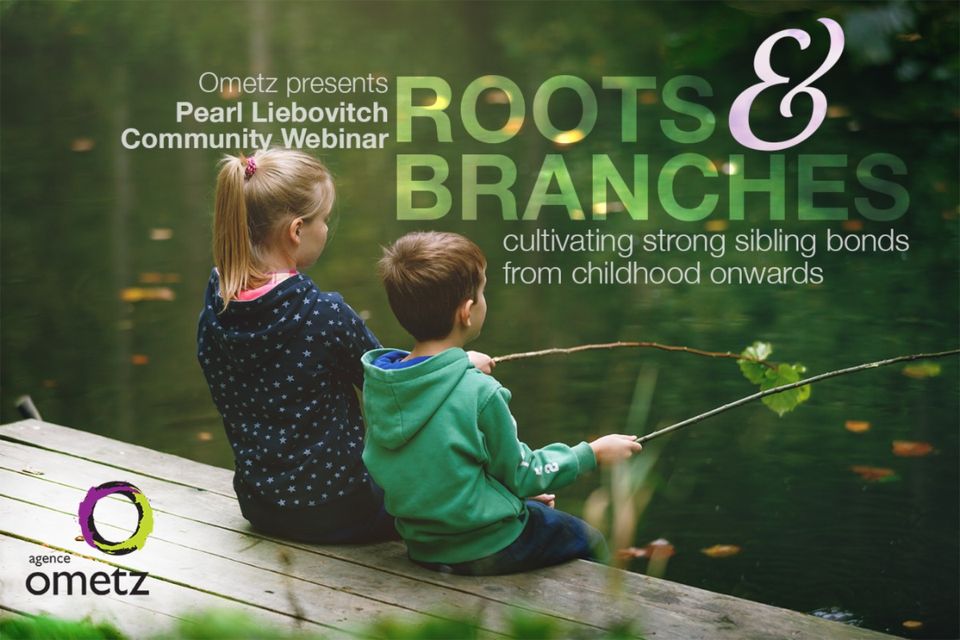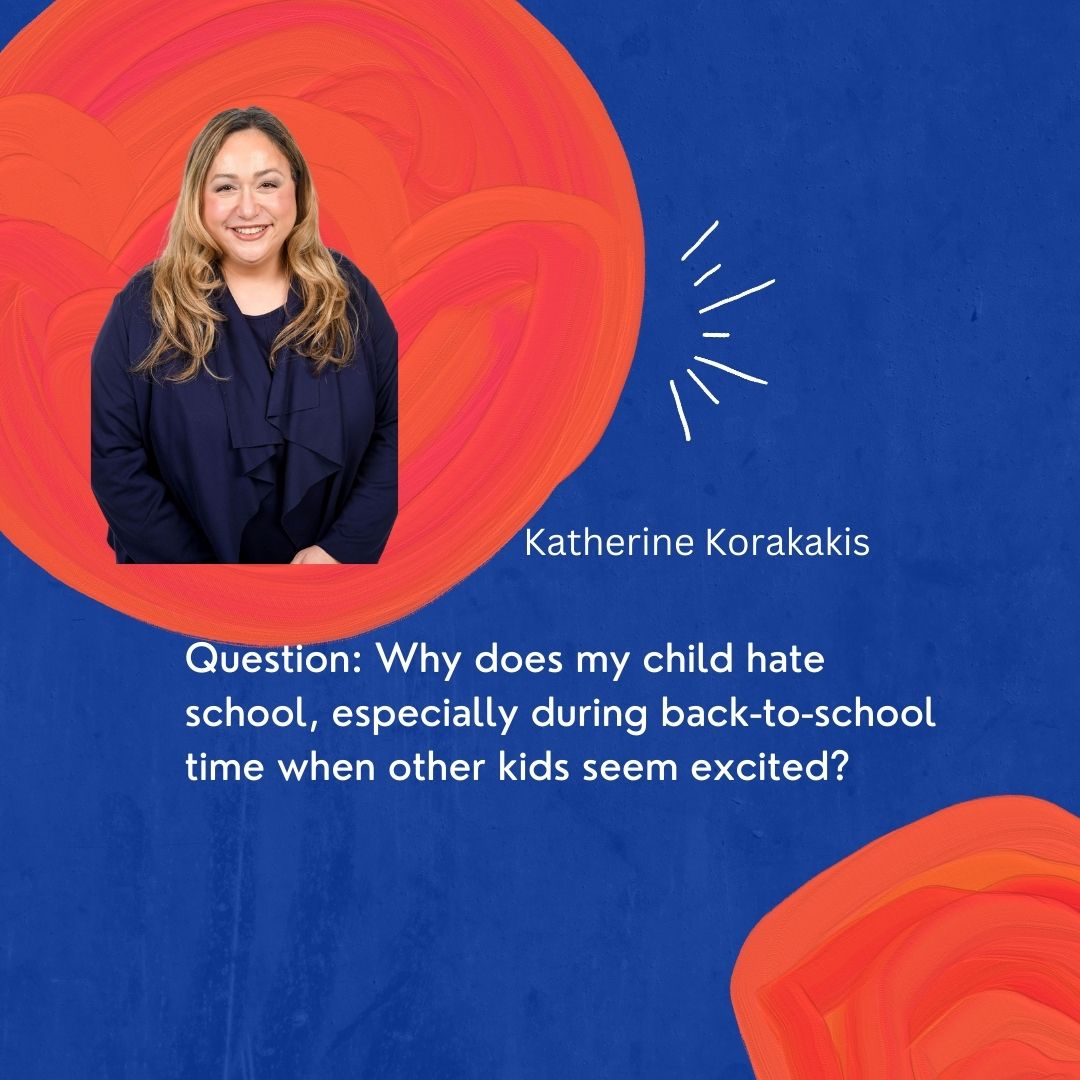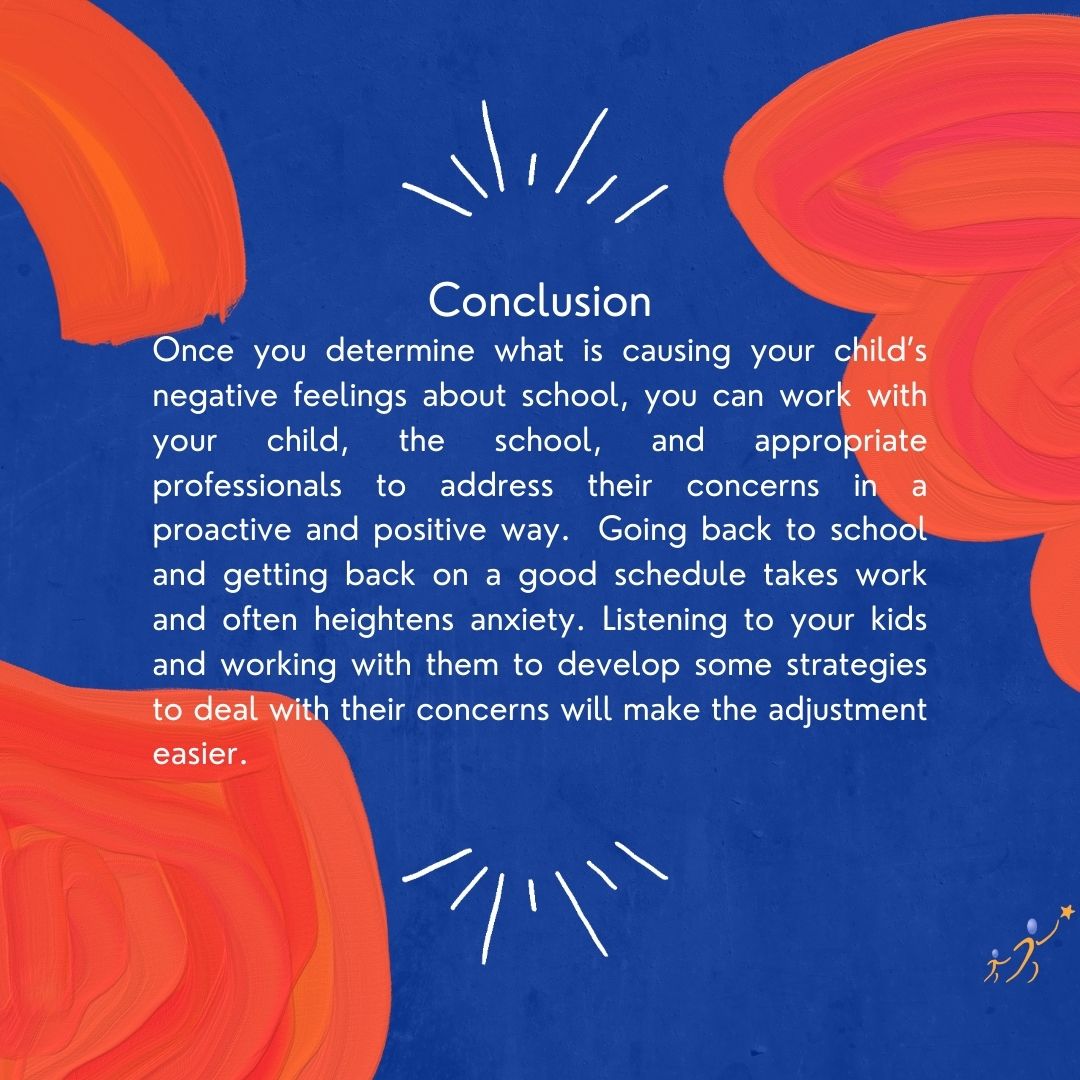Despite the fact that the school boards (CB) implemented a new complaints procedure a year ago, many parents continue to struggle with the process. Questions frequently arise: What are the necessary steps? Who should I contact? In what order, and by what means?
It is critical to understand that the complaints process consists of three steps. You cannot proceed directly to the third step; instead, you must begin at the beginning. If your first thought is to contact the national student ombudsman, you're missing important first steps.
If you have any questions, please contact us at president@epcaquebec.org, and we will gladly point you in the right direction.
What are the steps in the complaint process?
Step 1: Address the issue to the school's principal.
Step 2: Contact the person in charge of handling complaints at your school board.
Step 3: Contact the regional student ombudsman.
What are the deadlines for each step?
Step 1: 10 working days (roughly two weeks, possibly longer if holidays are involved).
Step 2: 15 Working Days (approximately three weeks, possibly extended due to statutory holidays)
Step 3: 20 working days (about four weeks, possibly more if there is a statutory holiday).
Do all complaints have to be made in writing?
While you can file a complaint verbally, submitting it in writing is preferable to ensure that there is a record. At the third stage, a written complaint is required. If you're having trouble putting your complaint in writing or lack access to technology, help is available at 1-833-420-5233.
Who can make a complaint or report an incident?
Anyone who witnessed an event, has concerns, or is experiencing a problem may file a complaint or report. Individuals aged fourteen and up can do so on their own behalf.
Where can I find the contact information for the person in charge of handling complaints at my school's board?
This person typically is the secretary general. Their contact information can be found in the complaints section of school boards website.
When things aren't going well, knowing how to file a complaint can reduce stress and save you time. Following these simple steps will help you resolve issues more smoothly. Remember that our Advisory Services are available to assist you along the way.










